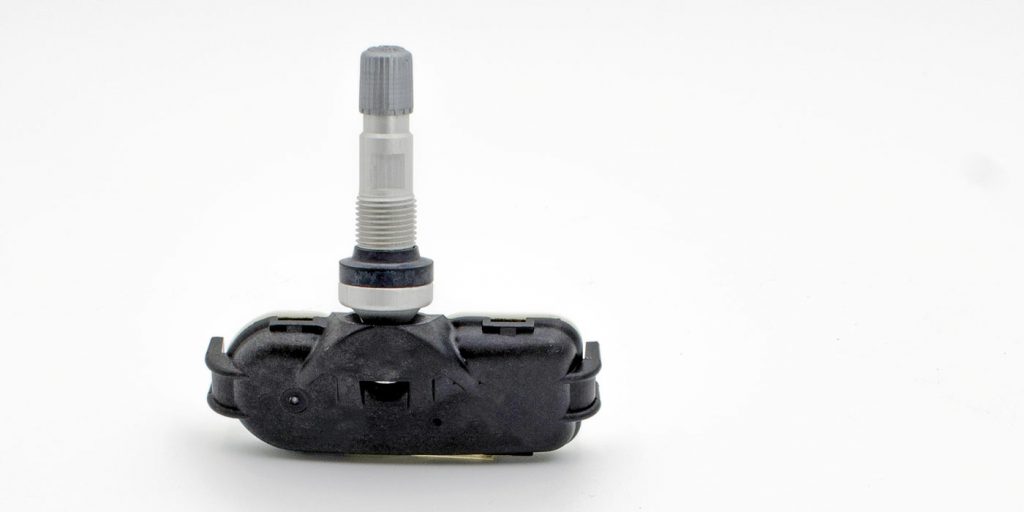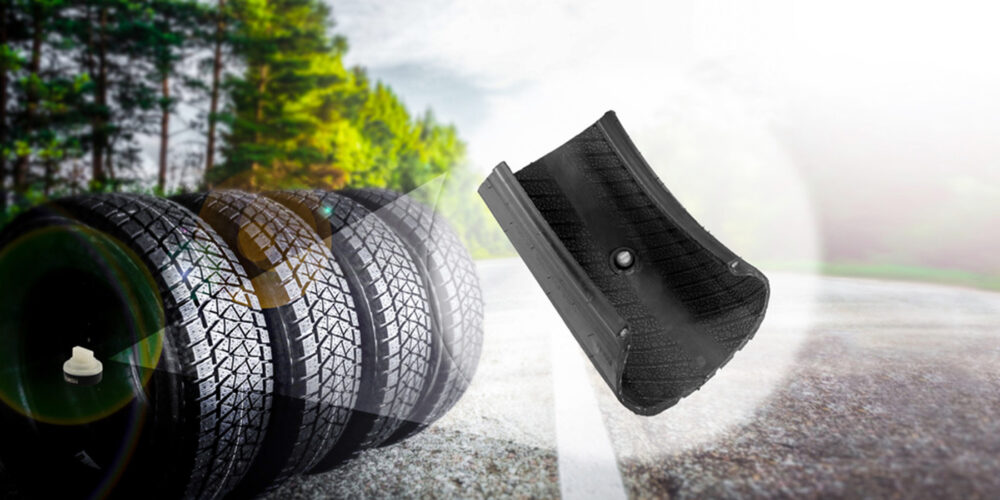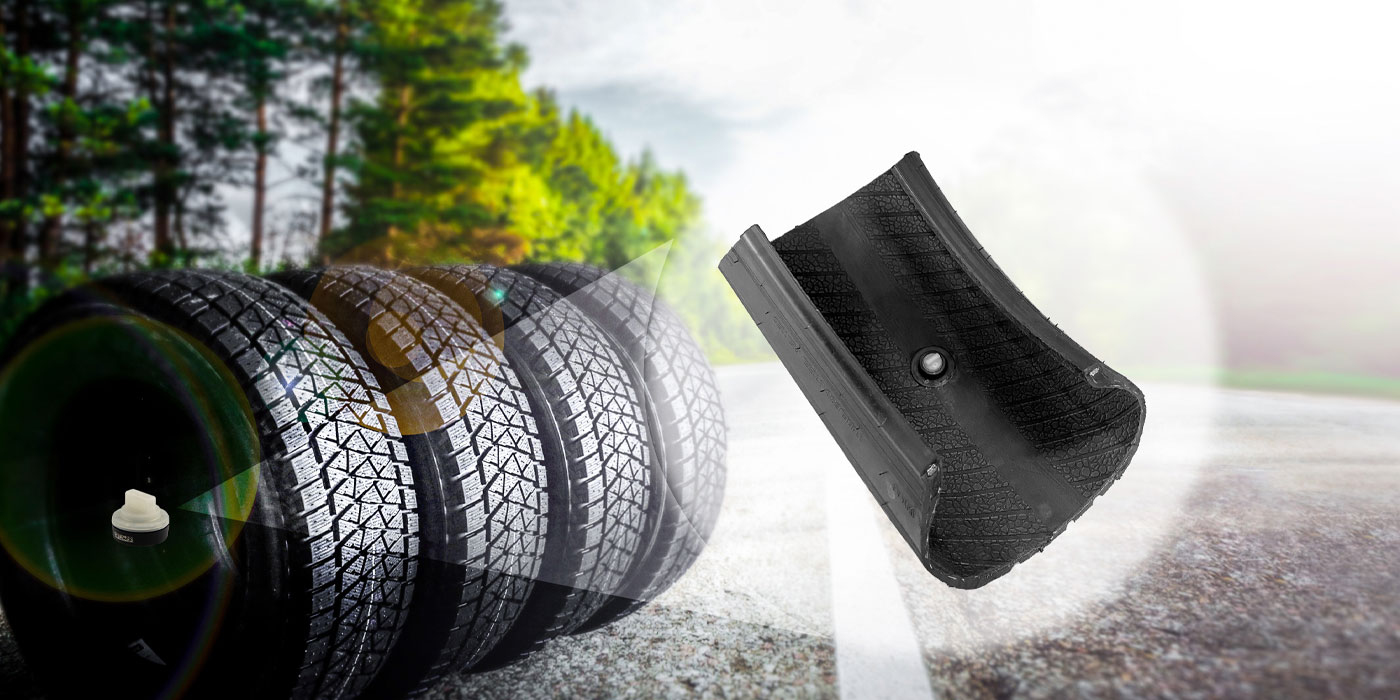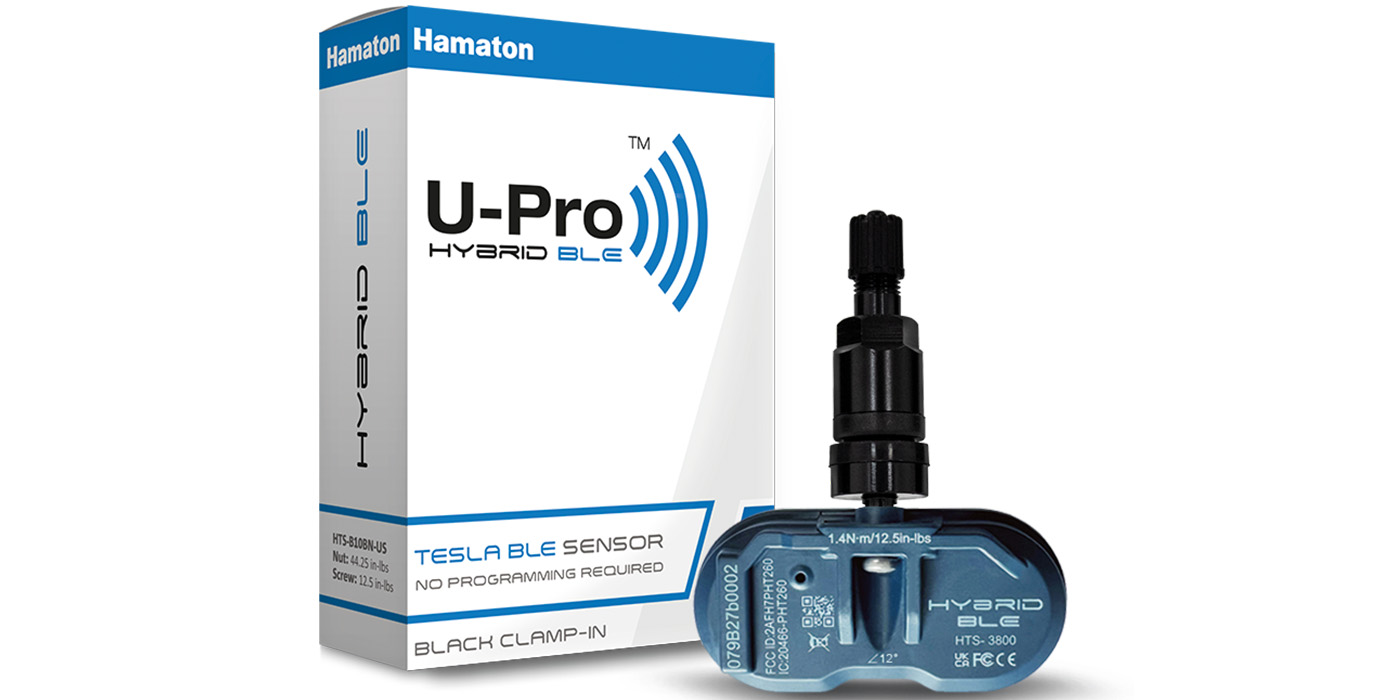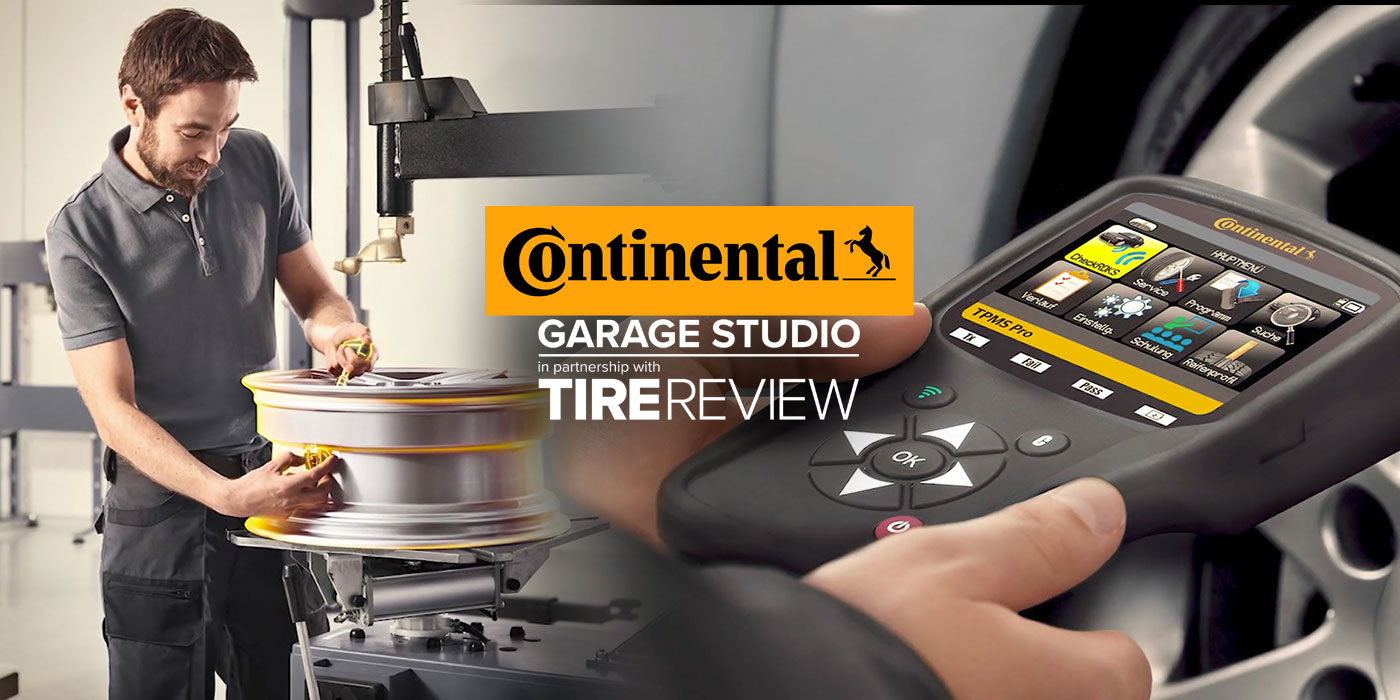As vehicles continue to get smarter, they tend to come equipped with more and more sensing capabilities, such as radar, lidar and sensors. If we think about the ever-improving sensory system of the vehicle, with signals coming at the computer from every direction with different information, it becomes obvious that these signals could potentially get crossed or interfere with each other.
However, vehicles do have a way to automatically tell the difference between signals from different sources. Different frequencies translate multiple signals from different sources into meaningful information. For this reason, sensing mechanisms on the vehicle live on different frequencies. For example, most radar systems live at 76.5 GHz whereas TPMS sensors will live at 314.9, 315 or 433 MHz. The different frequencies allow the vehicle to detect which system the signal is coming from.
In most vehicles, the only other system that uses the same frequency as TPMS is the Keyless Entry System. In this case, the ECU can detect the vast differences in information. In essence, the keyless entry system and the TPMS system speak the same language (frequency), but they are talking about completely different subjects (data). The ECU can separate that information and process it without confusion.
More on TPMS: Troubleshooting, Tech Tips & New Products
In the case of TPMS, there are also mistakes made during the repair process that can affect the system’s ability to properly transmit and detect these signals. When the signals are crossed or obstructed, it can lead the system to transmit inaccurate information to the driver, or to the TPMS light illuminating. Here are some things to consider during the repair process to avoid interference:
- Make sure the vehicle is properly relearned after adding a new sensor. The relearn process tells the vehicle which sensor to focus on and to disregard signals coming from other sensors in range. It also tells the vehicle which sensor is in which tire, so it knows how to properly display those pressures on the dashboard. If the relearn process is not completed, the ECU won’t detect that new sensor signal and will cause it to illuminate the TPMS light on the dashboard due to a “missing” sensor. In reality, the sensor is there, but the vehicle is ignoring the signal because it thinks it belongs to a different vehicle.
- When switching to and from winter tire sets that have their own TPMS sensors, make sure the second set of tires is within a safe distance from the vehicle during the relearn process (between six to 10 feet away). It is possible for the vehicle to receive signals from the wrong set of tires, causing confusion and an illuminated TPMS light when the vehicle leaves the garage.
- When copying a full set of sensor IDs (winter/summer set) also make sure the second set of tires is stored away from the vehicle. Again, the vehicle could receive signals from the wrong set of tires.
- In more unique cases, if there is a suspected signal interference and none of the above circumstances are applicable to the issue, consider less obvious obstructions like dark- or mirror-tinted windows or metal plating on the vehicle. These types of accessories can block or cause fragmented signals that prevent the ECU from receiving them.
When it comes to TPMS and signal interference, remember that the TPMS ECU is designed to find sensors on 314.9, 315 or 433MHz. If there is an issue, the sensors are not always to blame. The vehicle receiver and/or ECU should also be verified. In addition, always be sure to check that the signal is not blocked by some other factor.
Jacki Lutz is the Global Head of Communications, Training and E-Commerce for Schrader TPMS Solutions, a global leader in TPMS. She is a TIA ATS instructor and serves on a variety of industry boards.

